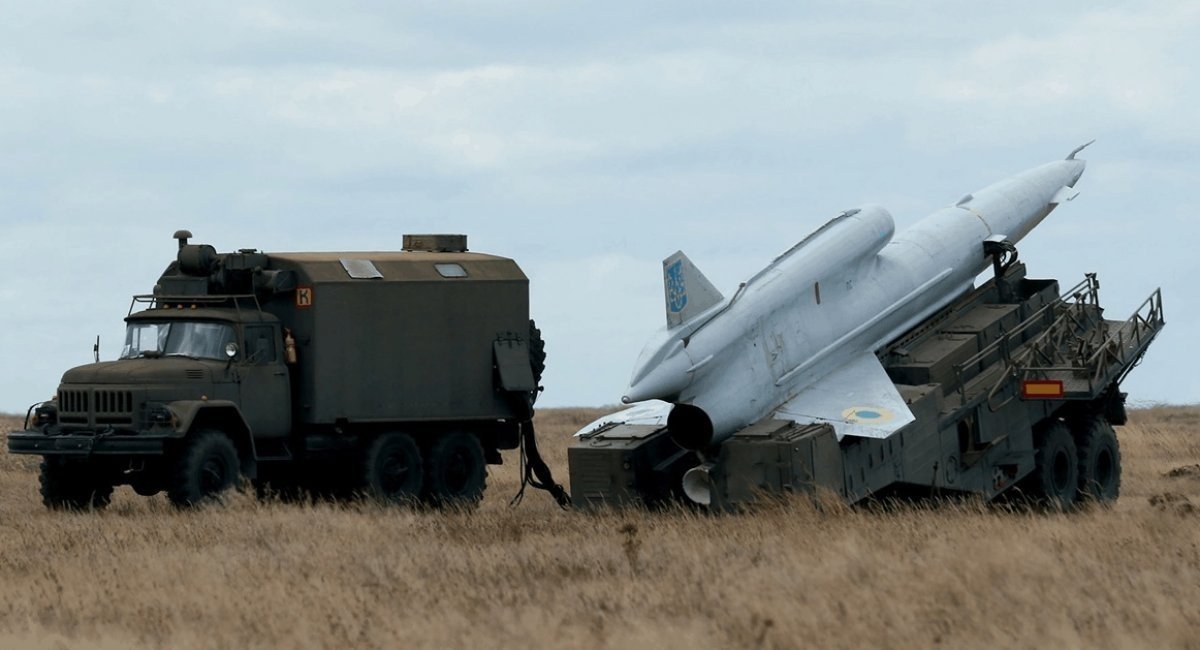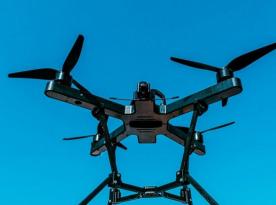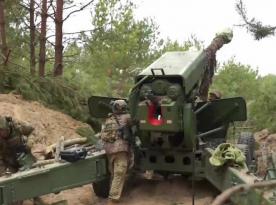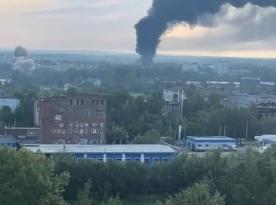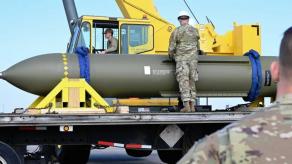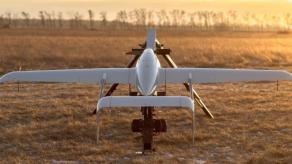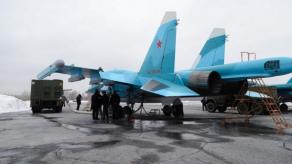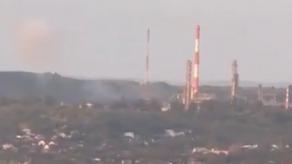Over more than a year of the all-out war between Ukraine and russia, there was a number of drone attacks on deep rear territories: either in Ukraine's regions occupied by russian forces or within the russian federation itself. Although now officially recognized by Ukraine, experts discuss the new capabilities for long-range strikes that appeared midst the ongoing war.
Especially in the past month, starting with a drone attack on Belgorod and Tuapse, russia became extremely aware of aerial drone assault. And for Ukraine, it marks acquisition of a long-range strike capability, one of the key elements of a victory over the russians. In fact, it matters not what kind of UAV was adapted for deep strikes: a modified Tu-141 Strizh, a commercial copter or AliExpress or a handmade glider with explosive payload.
Read more: Confirmed: Ukraine Remodelled Archaic Tu-141 "Strizh" Into Weapon to Launch Deep Rear Strikes Near Moscow

In this context, it becomes interesting to take a look back at the origins of the idea to use one-way unmanned aerial technologies to launch strikes against targets in enemy territories. And the answer can be in the experience of the Israeli military described in an article by The Drive from 2019. And here's what they wrote.
During the Yom Kippur War in 1973, the Israeli Air Force used the drones they received from the USA solely as fake targets to "distract, confuse, and stimulate" enemy air defense. It worked: the losses among Israeli aviation indeed decreased.
The Israeli command was satisfied with the outcome and set up a task to practically copy the US-made drones Chukar and Firebee. However the Israeli variants turned out less technologically advanced than the American originals. And this is how the Israeli defense industry "unwillingly" learned how to produce simple but expendable UAVs that can be produced in big numbers.

When it came to the war against syria on the territory of Lebanon in 1982, the Israel Defense Forces decided to scale up the 1973 war experience. They massively used drones for Operation Mole Cricket 19 as fake targets to reveal the positions of the enemy air defenses and even monitor their airfields in real time. Once they saw Syrian MiGs take off, Israeli drones immediately warned allied E-2C Hawkeyes in order to initiate engagement of hostile fighters.
Such application of UAVs was recognized as successful. But it looks like afterwards, the Israeli military wondered if they could use the drones themselves to launch strikes against enemy air defenses without any intermediaries, or as explained by The Drive, "eliminate the hunter-killer kill chain concept" when a drone is only a decoy followed by a missile strike launched by an actual fighter.
That is how in the early 1990s, the first Harop UAVs appeared that became reference for all further technologies of such type. Later on, kamikaze drones were adapted not only search and destroy enemy air defense radars but other types of targets as well.
As we can see, this experience with all its pros and cons was utilized by Ukraine to plan and deliver strikes against military facilities in the rear of the russian invasion army.
Read more: Kamikaze Drones in Belgorod and Tuapse: Analyzing Ukraine's Capabilities for Long Range Strikes and Attack Routes




